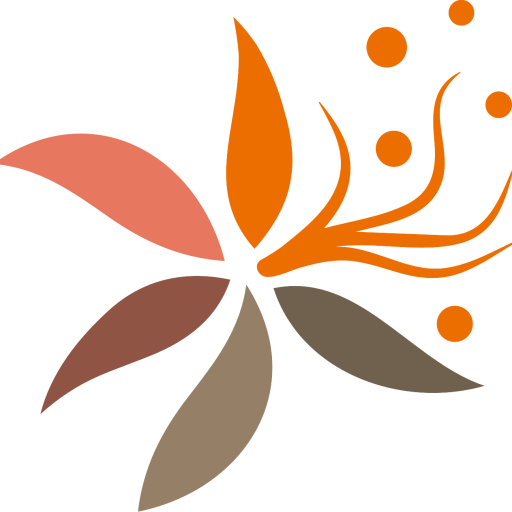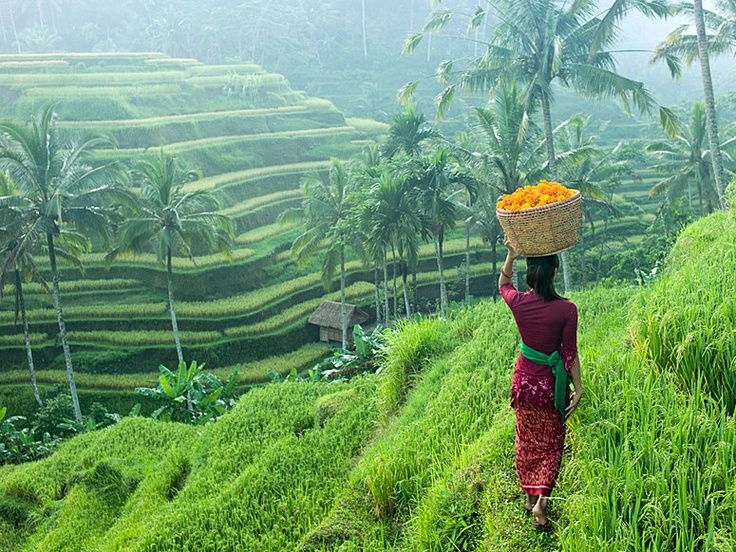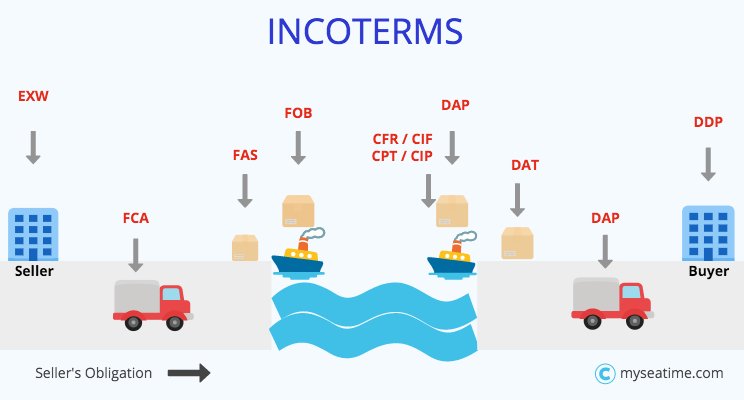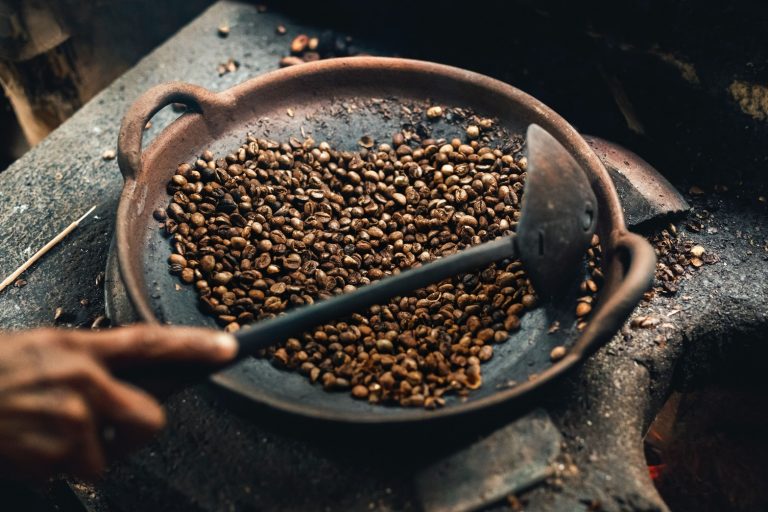SVLK: Guaranteeing the Legality and Sustainability of Indonesian Wood
Introduction
When you buy a piece of teak furniture from Indonesia, you’re not just purchasing a chair, a bench, or a table—you’re also supporting a system that protects forests and communities. That system is called SVLK, Indonesia’s Timber Legality Assurance System, which ensures that every piece of wood exported meets international standards of legality and sustainability.
What is SVLK?
SVLK stands for Sistem Verifikasi Legalitas Kayu, or Timber Legality Verification System. Established by the Indonesian government, it is a certification process that guarantees wood products are sourced legally and responsibly.
In other words, when furniture carries the SVLK label, you can trust that:
- The wood was harvested legally.
- The supply chain is transparent, from forest to factory to export.
- The process supports sustainable forest management.
Why SVLK Matters for the World
Illegal logging has long been a global concern, threatening rainforests and the communities that depend on them. By introducing SVLK, Indonesia became the first country in the world to receive FLEGT (Forest Law Enforcement, Governance and Trade) licensing from the European Union.
This means Indonesian wood products—like teak and rattan furniture—are officially recognized as legal and sustainable in global markets. For buyers, it’s a guarantee of trust. For producers, it’s a badge of credibility.
SVLK and Furniture Design
For companies like Artisan VII, SVLK certification isn’t just a regulation—it’s part of our philosophy. Every teak bench, rattan sofa, or folding chair we produce carries not only the beauty of Indonesian craftsmanship but also the assurance that it was made responsibly.
- The Victoria Balmain Sofa reflects the durability of certified teak.
- The Lisbon Garden Bench carries timeless design backed by sustainable sourcing.
- The Florence Sofa, crafted from rattan, connects eco-friendly material with international standards.
When customers choose these pieces, they aren’t just decorating their homes—they’re supporting sustainable forestry and ethical craftsmanship.
The Competitive Advantage of SVLK Furniture
SVLK certification gives Indonesian furniture a competitive edge in the global market:
- Trusted Worldwide: Accepted in Europe, the U.S., and other international markets.
- Eco-Conscious Appeal: Perfect for buyers who prioritize sustainability.
- Value Beyond Aesthetics: Customers know they’re purchasing furniture with a positive environmental impact.
Conclusion
SVLK is more than a certification—it’s a movement that ensures Indonesian wood continues to enrich homes around the world without compromising the future of our forests.
For customers, it means peace of mind. For artisans and exporters, it means pride. And for the planet, it means one step closer to sustainable living.
So the next time you sit on a teak bench or relax in a rattan sofa, remember: with SVLK-certified furniture, beauty and responsibility always go hand in hand.



